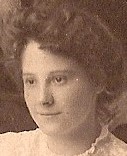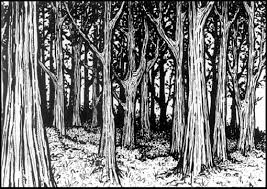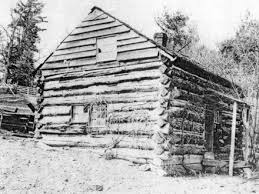Because of the positive response to my recent post, A Home in the Wilderness Revisited, I have decided to repost the entire Sufferers’ Land series from 2008 and 2009. I begin with the inaugural post of the Firelands History Website, first published on December 14, 2008.
Sufferers’ Land
Prologue
by David Barton
“Sufferers’ Land.”
The “Firelands.”
These evocative and descriptive phrases refer to a region in northern Ohio set aside by the state of Connecticut for “Sufferers” who were burned out of their homes by the British in the American Revolution. Part of the Western Reserve, it covers present-day Huron and Erie counties.

Emigrating to New Connecticut 1817-1818 [1]
Thus began one of the great migrations of American history; a flood of humanity that poured out of New England and settled lands stretching along the southern shores of the Great Lakes from upstate New York to Illinois and across the Mississippi River into Iowa.
These settlers greatly impacted the history of the United States. In the 1850’s, some of them entered Kansas and clashed with the leading edge of another great migration that had settled the South — a tragic foreshadowing of the Civil War. The grandchildren of the settlers of the Old Northwest formed the backbone of the Union Army of the West during that war and made possible the Republican majority that ruled the nation for most of the remainder of the century.
I intend to tell the stories of those who settled in the Firelands: people like Platt and Sally Benedict, who founded Norwalk, Ohio; Samuel Preston, who founded the Huron Reflector, which became Norwalk’s present-day newspaper; Samuel’s daughter Lucy, who persuaded a ship captain named Frederick Wickham to marry her, leave the sea and become a newspaperman with her father; Henry Buckingham, a failed businessman who was a conductor on the Underground Railroad; and many more.
These men and women left their comfortable New England homes and traveled to the wilds of the Ohio frontier. They were ordinary people who persevered in an extraordinary endeavor. The fruits of their labor are on display throughout the Firelands today.
Thank you for reading this post. I hope you enjoy my story.
Dave Barton
Littleton, Colorado
Footnote:
[1] From Henry Howes’ book, Historical Collections of Ohio in Two Volumes, Volume II, 1900, page 668.
#
Next Post: Land of Opportunity
#
Thanks for visiting! Share and like this post below, and on Facebook. Let me know what you think in the comments. I’d love to hear from you!
Filed under: Benedict, Buckingham, Norwalk, Ohio, Ohio, Preston, Uncategorized, Wickham, Year without Summer | Tagged: Benedict Genealogy, Buckingham Genealogy, Firelands History, Huron Reflector, New England History, Norwalk Ohio History, Ohio History, Preston Genealogy, Sufferers' Land History | 3 Comments »



 The party consisted of him and his new wife Hannah, his father Chauncey and his sister Elizabeth, and Wilder and Roxanna Laurence and their nine children. A few friends rounded out the group. [3]
The party consisted of him and his new wife Hannah, his father Chauncey and his sister Elizabeth, and Wilder and Roxanna Laurence and their nine children. A few friends rounded out the group. [3]
